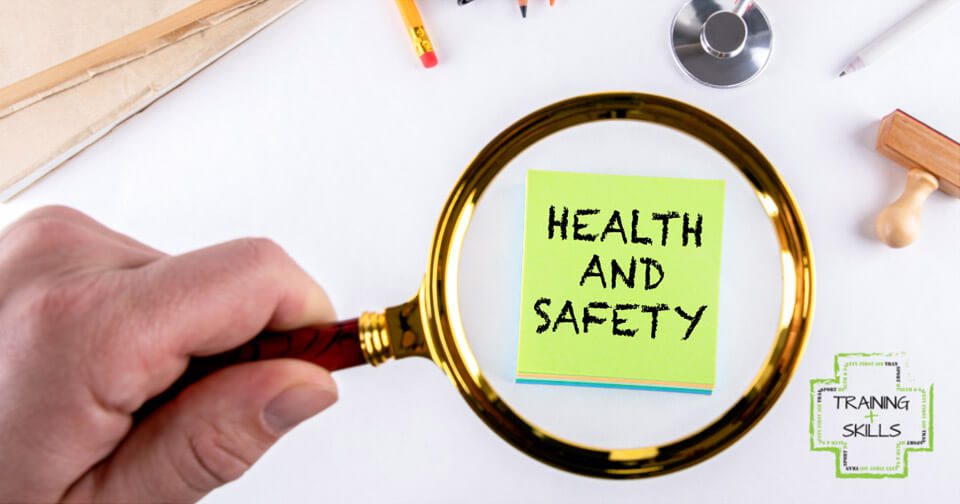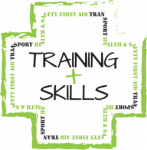The Health and Safety Executive (HSE) turns 49 in January, having been created as a result of the Health and Safety Act 1974.
Since its introduction, workplace injuries and accidents have decreased. We’ve also seen the 1981 Health and Safety (First Aid) Regulations make the provision of first aid in the workplace a legal requirement.
So, what can we expect in health and safety in the next half century? It’s a tough one to predict after all no one in 1975 seriously expected that we’d all be walking around with a computer in our pockets. So here are our thoughts on growing trends that we expect to see extend into the next decade.

A focus on prevention
Stopping accidents before they happen is already a major part of health and safety. Risk assessments and the resultant processes and actions that need to be put in place already form a large chunk of the work we do for clients each month. They’re using our expertise to keep their staff, volunteers and members of the public safe.
However, while in the past actions might have been prompted by an accident or near miss there is now a growing move towards preventing these from occurring in the first place. Organisations are recognising the prevention is better than cure and that keeping people safe is a priority that is also more likely to keep them profitable.
Accidents and incidents, even near misses, disrupt workplace activities and can have financial implications. Better and more effective to work towards them not happening at all.
A holistic approach to health and safety
In the past, looking after your staff might have meant ensuring that they were not injured during the course of their duties. Now the focus is on the whole person and with a view towards their wellbeing. Recruitment is expensive so it makes sense to look after the staff and volunteers that you already have in place. A healthy and safe workplace now looks at stress and mental wellbeing as well as physical injury risks. First aider now can also mean mental health first aider.
Workspaces that work for you
As computer use has become widespread so has keyboard related RSI and other musculoskeletal conditions. Enter ergonomics, the science of designing workplaces and tasks to fit the human body. How your workstation is set up matters and contributes to your safety.
Use of technology
Robotics, AI and virtual reality are playing a role in making workplaces safer by reducing risks and making use of data. While it might be a while before your role can be done by a robot think about the technology you already use with a health and safety application.
Accident books are increasing online making it easy for all employees to access them and for the data to be analysed and developing risk noted. While hands-on training remains important online courses and videos have become an easy and cost-effective way for employees to get updated. Even phones have played a role as smart devices make it easier to stay healthy at work with logging of step counts, standing time and pulse rate.

